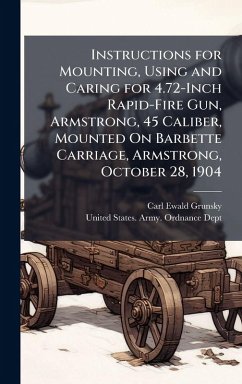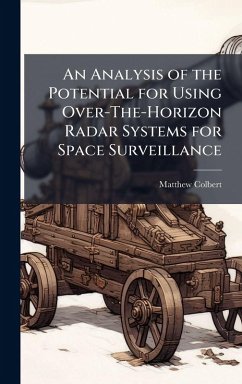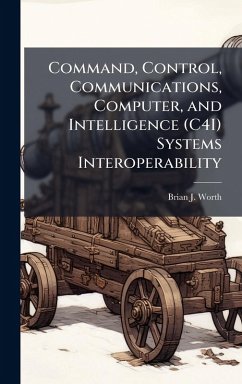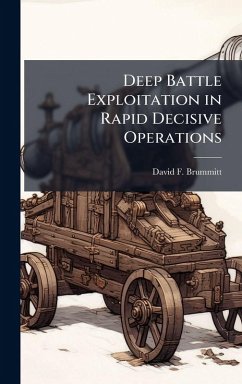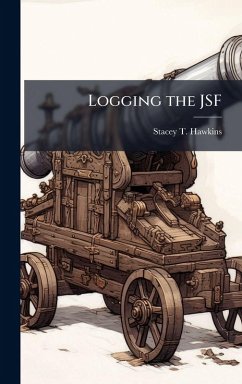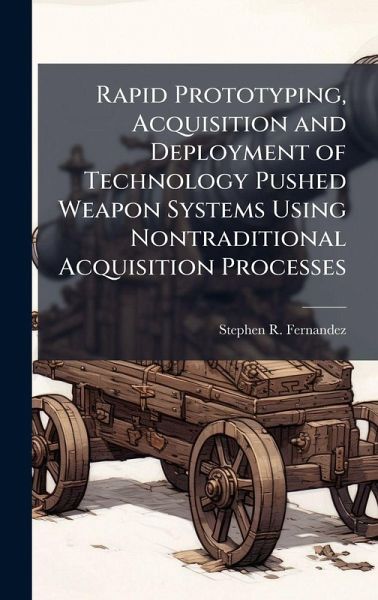
Rapid Prototyping, Acquisition and Deployment of Technology Pushed Weapon Systems Using Nontraditional Acquisition Processes
Versandkostenfrei!
Versandfertig in über 4 Wochen
29,99 €
inkl. MwSt.
Weitere Ausgaben:

PAYBACK Punkte
15 °P sammeln!
With the explosion of technology driven systems and their ability to effectively meet military operational need it is imperative we in the acquisition community have the ability to rapidly acquire, deploy and support these potential life saving technological advancements. This paper will explore five non-traditional acquisition processes and use case studies to clarify and outline a defined process to best get new technology into the operators' hands in the most time efficient manner possible. This paper includes a description of the traditional acquisition process, five non-traditional acquis...
With the explosion of technology driven systems and their ability to effectively meet military operational need it is imperative we in the acquisition community have the ability to rapidly acquire, deploy and support these potential life saving technological advancements. This paper will explore five non-traditional acquisition processes and use case studies to clarify and outline a defined process to best get new technology into the operators' hands in the most time efficient manner possible. This paper includes a description of the traditional acquisition process, five non-traditional acquisition processes, and the criteria a program must meet to gain access to these processes. The culmination of this effort is the identification and development of a rapid technology pushed weapon system acquisition and deployment checklist/process, and lessons learned from the Project Angel Fire and Predator case studies. This work has been selected by scholars as being culturally important, and is part of the knowledge base of civilization as we know it. This work was reproduced from the original artifact, and remains as true to the original work as possible. Therefore, you will see the original copyright references, library stamps (as most of these works have been housed in our most important libraries around the world), and other notations in the work. This work is in the public domain in the United States of America, and possibly other nations. Within the United States, you may freely copy and distribute this work, as no entity (individual or corporate) has a copyright on the body of the work. As a reproduction of a historical artifact, this work may contain missing or blurred pages, poor pictures, errant marks, etc. Scholars believe, and we concur, that this work is important enough to be preserved, reproduced, and made generally available to the public. We appreciate your support of the preservation process, and thank you for being an important part of keeping this knowledge alive and relevant.





